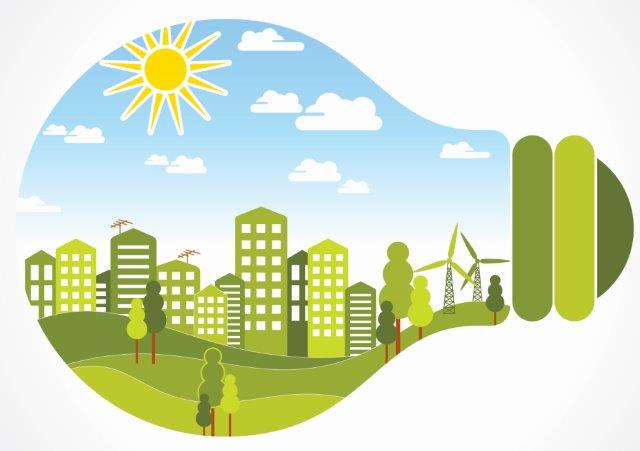Understanding Solar Energy and Getting Started with Solar Energy
- Kang siswa
- 2023 February 18T10:43
- Energy

Solar energy is a renewable energy source that is becoming increasingly popular as we strive towards a more sustainable future. In this article, we will provide a step-by-step guide to help you understand how solar energy works and how to get started with installing solar panels for your home or business.
Understanding Solar Energy
Solar energy is a form of renewable energy that is generated from the sun's rays. Solar panels are used to convert sunlight into electricity. The process involves the use of photovoltaic cells, which absorb the sunlight and convert it into direct current (DC) electricity. This electricity is then converted into alternating current (AC) electricity, which can be used to power your home or business.
Getting Started with Solar Energy
-
Determine Your Energy Needs - The first step in getting started with solar energy is to determine your energy needs. This will help you determine the size of the solar panel system you need to install. You can calculate your energy needs by looking at your utility bills and determining how much energy you use each month.
-
Evaluate Your Property - The next step is to evaluate your property to determine the best location for your solar panels. The ideal location is an area that receives direct sunlight for most of the day. You should also consider the angle of your roof and the amount of shade your property receives.
-
Choose a Solar Panel System - There are several types of solar panel systems to choose from, including grid-tied, off-grid, and hybrid systems. A grid-tied system is connected to the utility grid and allows you to sell excess electricity back to the utility company. An off-grid system is not connected to the grid and requires a battery backup system to store excess electricity. A hybrid system combines both grid-tied and off-grid features.
-
Find a Solar Panel Installer - Once you have determined your energy needs and chosen a solar panel system, the next step is to find a reputable solar panel installer. Look for an installer with experience and a good reputation in your area. You can also check for certifications, such as NABCEP (North American Board of Certified Energy Practitioners) certification.
-
Obtain Permits and Financing - Before installing your solar panel system, you will need to obtain permits from your local government. You may also need to obtain financing to help cover the cost of the system. Look for financing options that offer low interest rates and flexible payment terms.
-
Install Your Solar Panel System - Once you have obtained permits and financing, it's time to install your solar panel system. Your installer will begin by mounting the solar panels on your roof or in a nearby area that receives direct sunlight. They will then connect the panels to your home's electrical system.
-
Monitor Your System - After your solar panel system has been installed, it's important to monitor its performance. This can help you identify any issues and ensure that your system is working at its full capacity. Many solar panel systems come with monitoring software that allows you to track your system's performance in real-time.
Conclusion Understanding Solar Energy
Solar energy is a clean, renewable energy source that can help reduce your carbon footprint and save on energy costs. By following these steps, you can get started with solar energy and enjoy the many benefits it has to offer. Remember to do your research and work with a reputable solar panel installer to ensure that your system is installed correctly and working at its full capacity.
Read more:
- A Comprehensive Guide To Energy Assistance Application
- Energy Conservation Techniques
- Going Green A Step By Step Guide To Switching To Solar Energy At Home
- Powering Your Home On A Budget Top Affordable Solar Energy Options For Homeowners
- Understanding Solar Energy And Getting Started With Solar Energy
- What Is Geothermal Energy And Advantages Of Geothermal Energy